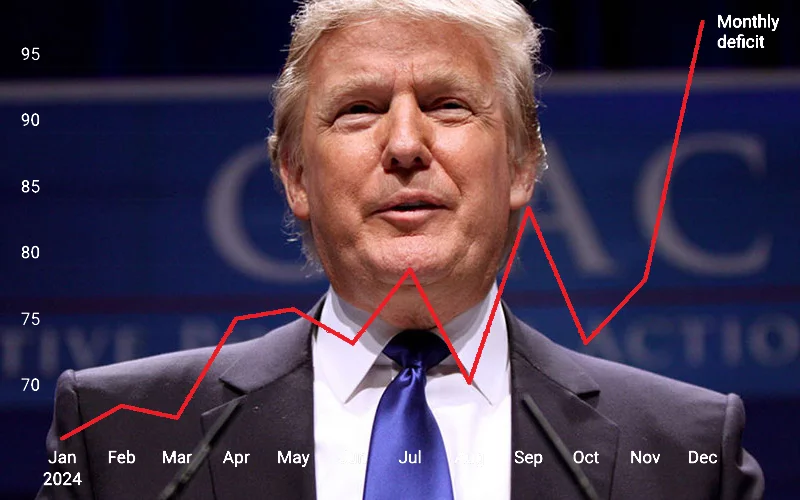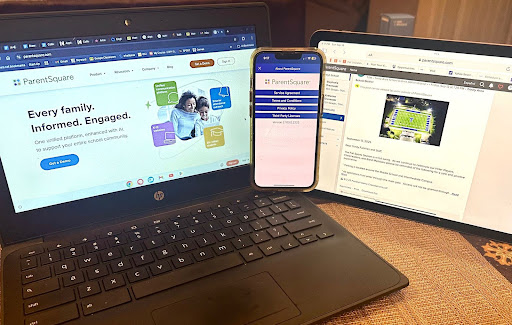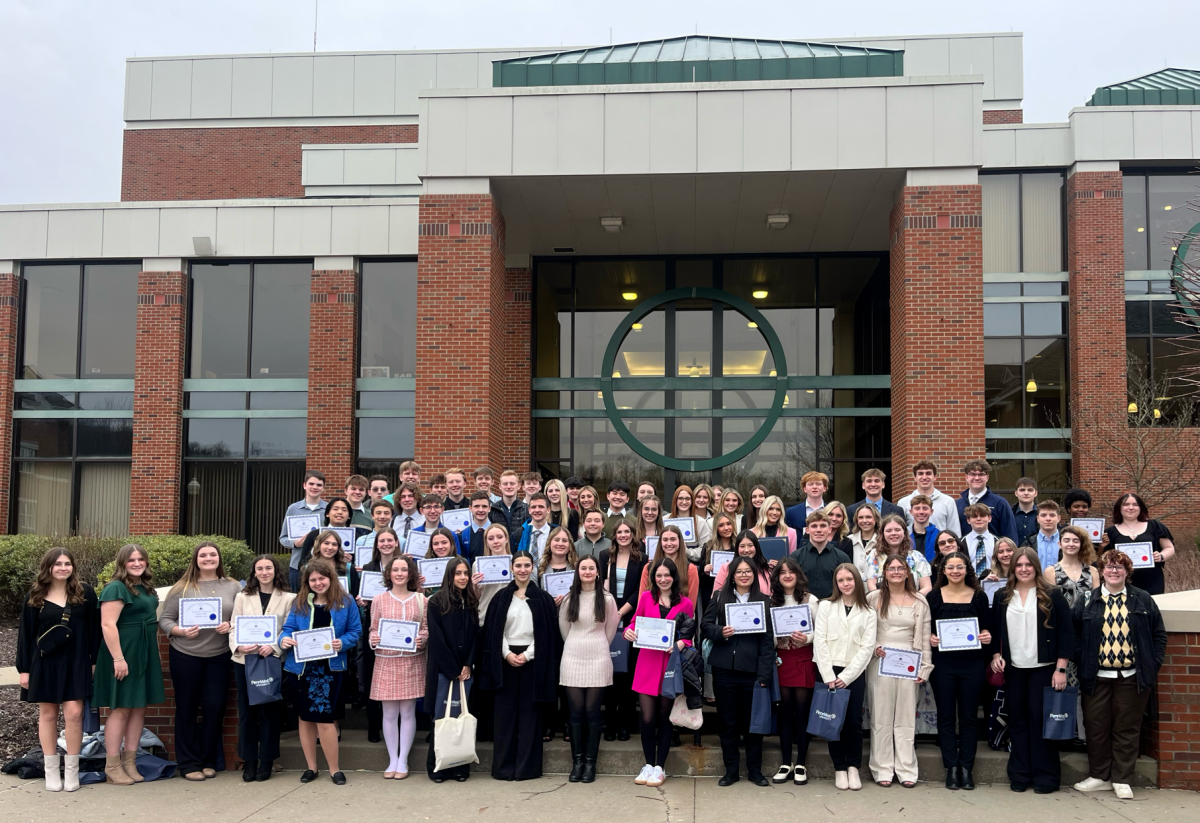President Donald J. Trump announced his first round of reciprocal tariffs shortly after his inauguration, claiming that these tariffs were designed to benefit the economy.
“I always say ‘tariffs’ is the most beautiful word to me in the dictionary,” Trump said at a rally just hours after taking office in January. “Because tariffs are going to make us rich as hell. It’s going to bring our country’s businesses back that left us.”
By dictionary, a tariff is a tax imposed by a government on goods and services imported from other countries. Think of a tariff like an extra cost added to foreign products. In theory, this encourages consumers to buy from domestic sources instead of foreign ones.
His second term in office began strongly with a series of threatened tariffs known as “Liberation Day,” implementations and delays of import duties, initially targeting Canada, Mexico, Colombia and China, as well as products like steel, cars and auto parts.
Since then, discussions, threatened duties and fears of tariffs have continued to dominate both U.S. and global conversations, especially after Trump’s “Liberation Day” announcement.
“I definitely feel like the tariffs have been benefiting our Nation and our Government. They bring in a lot of money and help us chip away at our National Debt, they just benefit the everyday consumer less,” stated Junior Hayden Francis.
These tariffs, which initially imposed a minimum of 10% on all imports, were accompanied by additional taxes on goods from dozens of countries, causing markets to plummet and fears of recession to spike following their announcement in April. They faced criticism from Wall Street and world leaders, prompting several countries to enter negotiations to stop the tariffs, despite Trump’s insistence that they would not be paused.
“The tariffs have caused tension with other countries. However, the negotiations that have stemmed from the tariffs look promising in yielding better relations with other major powers,” said Senior Calvin White.
A helpful website, https://www.tradecomplianceresourcehub.com/2025/09/16/trump-2-0-tariff-tracker/, hosted by Reed Smith, provides updated and relevant information on the tariffs that President Trump currently has in place against other countries.
“I don’t think that Donald Trump has a good economic model. I feel like he portrays things so that they seem good to the average Joe, but upon deeper inspection, the difference is not as major as it’s made out to be,” added Junior Melia Stockdale.
Many consumers wonder how it makes sense to start taxing goods when the U.S. imports most of its products. The Trump Administration defends this by pointing out that tariffs have historically protected domestic industries.
Francis said, “I just got my license, and some stuff seems pretty expensive still. The second I got my license, I had to run errands for everyone, so I understand the cost of gas and different stuff better now. I feel like prices could be lower, but since it benefits the US, then it’s worth it.”
Looking back, in 2002, under the Bush administration, U.S. steel imports dropped by about 30-40% after tariffs were imposed, and U.S. steel production and employment increased.
Stockdale said, “If I had the opportunity to do something different, I think I would lower the huge 20% tariff on Chinese goods; it’s a little high, especially during an economic recession.”
Trump’s “Liberation Day Tariffs” are estimated to generate $330 billion in tax revenue annually while they are in effect. The Penn Wharton Budget Model from April 2025 projects a 10-year revenue of $5.2 trillion, which would be tremendous in helping lower the U.S. Federal Budget Deficit of $1.93 trillion and counting.
However, these are only estimates.
White commented, “I think in terms of an economic model, few presidents have a better understanding of the economy than Donald Trump. He has certainly taken an aggressive approach to solving the US’s various economic issues. There’s only one issue with Trump “solving” the issues that we are facing… they’re not issues to him. They’re tools to keep the rich richer and the poor working for them. So yes, I think Trump has a good economic policy.”
The Congressional Budget Office (CBO) predicts that Trump’s tariffs will resemble a large “regressive tax hike,” shrink the economy by approximately 0.6%, and increase prices by about 0.9% by the end of 2026. In comparision, the Office of Management and Budget (OMB) offers a more optimistic view, predicting these tarrifs will bring higher GDP growth and lower unemployment rates.
The effectiveness of President Trump’s tariffs in reshaping the U.S. economy continues to be hotly debated. As stakeholders assess their true impact, the ongoing discussions underline the complexities inherent in trade policy.








